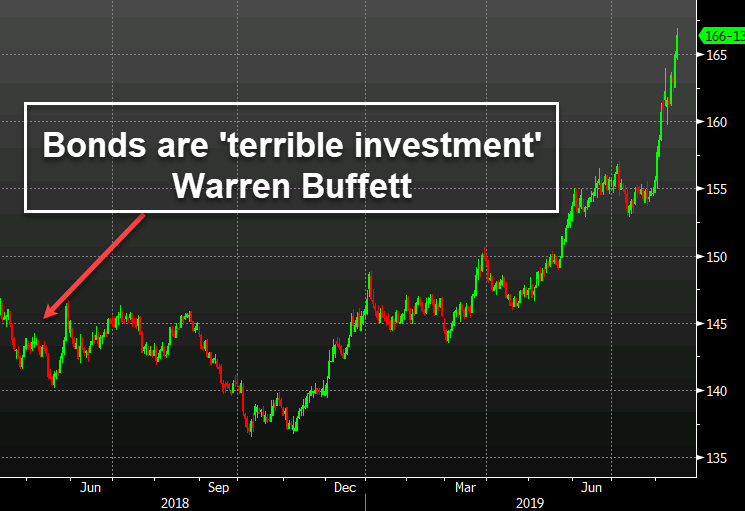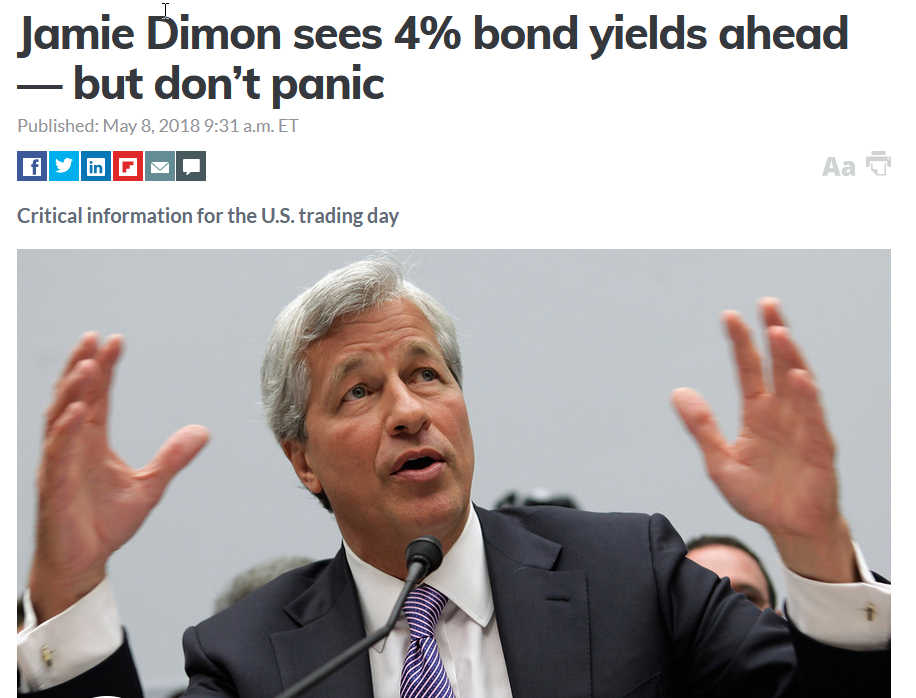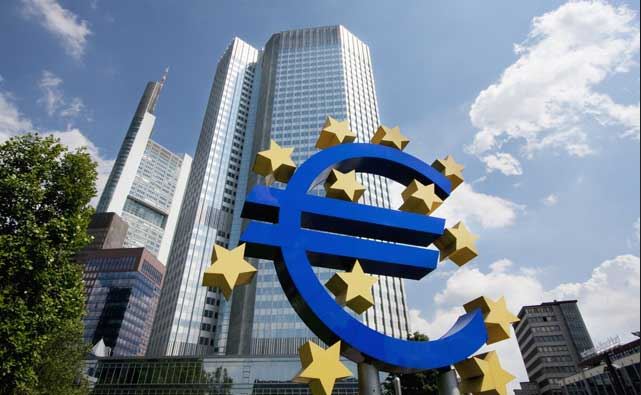- It takes a man a long time to learn all the lessons of his mistakes. They say there are two sides to everything. But there is only one side to the stock market; and it is not the bull side or the bear side, but the right side.
- I think it was a long step forward in my trading education when I realized at last that when old Mr. Partridge kept on telling the other customers, Well, you know this is a bull market! he really meant to tell them that the big money was not in the individual fluctuations but in the main movements that is, not in reading the tape, but in sizing up the entire market and its trend.
- The reason is that a man may see straight and clearly and yet become impatient or doubtful when the market takes its time about doing as he figured it must do. That is why so many men in Wall Street, who are not at all in the sucker class, not even in the third grade, nevertheless lose money. The market does not beat them. They beat themselves, because though they have brains they cannot sit tight. Old Turkey was dead right in doing and saying what he did. He had not only the courage of his convictions but the intelligent patience to sit tight.
- The average man doesn’t wish to be told that it is a bull or bear market. What he desires is to be told specifically which particular stock to buy or sell. He wants to get something for nothing. He does not wish to work. He doesn’t even wish to have to think. It is too much bother to have to count the money that he picks up from the ground. We love volatility and days like the one in which the stock market took a big plunge, for being on the right side of moving markets is what makes us money. A stagnant market in any commodity, such as grain has experienced recently, means there’s no opportunity for us to make money.
- A man will risk half his fortune in the stock market with less reflection than he devotes to the selection of a medium-priced automobile.
Archives of “money” tag
rssJamie Dimon and Warren Buffett can’t get it right
Jamie Dimon and Warren Buffett can’t get it right


Beijing pushes envelope with 7-yuan-to-dollar reference rate
China’s central bank set its daily yuan reference rate at 7.0039 to the dollar Thursday, crossing the 7 line for the first time in roughly 11 years and signaling resolve even as the U.S. cries foul over the weakening currency.
Market participants speculate that Beijing may keep pushing the rate to around 7.2 to 7.3 so as to alleviate the impact of the next round of American tariffs.
But while a weaker yuan will help exporters impacted by the drawn-out trade war, the People’s Bank of China still must carefully balance these gains against the risks of runaway devaluation and capital flight.
The yuan can move only 2% in either direction from the daily reference rate on the mainland. So the rate, announced before trading starts each session, reflects the monetary authorities’ wishes.
The authorities want a gradual weakening of the yuan, said Ken Cheung, senior Asian foreign exchange strategist at Mizuho Bank.
The Trump administration just labeled China a currency manipulator Monday, after the yuan weakened past the psychological threshold of 7 in Shanghai. Setting reference rates past that line could trigger further pushback from the U.S. (more…)
Surging household debt clouds Asia’s growth outlook
The rapid expansion of household debt in emerging Asian countries, particularly China, has become a risk to the global economy.
In Thailand and Malaysia, debt has ballooned due to booms in the auto and housing markets, and the growing repayment burden has dampened consumer sentiment. In China, household debt as a percentage of nominal GDP is now over 50%. Countries such as Thailand have begun curbing their consumption in response to rising debt levels.
The U.S. Federal Reserve is expected to cut interest rates at the end of this month. Emerging economies also have room for interest rate cuts, which would boost growth in the short run but could deepen the scars from indebtedness over the long term.
Somprawin Manprasert, chief economist at Bank of Ayudhya, pointed out that household debts have ballooned as a result of incentives for the purchase of cars and other items introduced by the Thai government in 2011. This is a structural factor that will weigh on future consumption, Somprawin said.
Thailand’s household debt ratio is close to 70%. That is higher than in Japan and other advanced economies, which have ratios of about 58%, and well above that of the eurozone. The main reason is auto loans. To support the car industry, the Thai government introduced tax incentives to encourage purchases, which took off in 2012. As a result of the higher debt load, personal consumption has been sluggish and inflation has been weak.
ECB leaves key rates unchanged in July monetary policy meeting
European Central Bank monetary policy decision – 25 July 2019

- Prior decision
- Main refinancing rate 0.00%
- Marginal lending facility 0.25%
- Deposit facility -0.40%
- Sees rates at present or lower levels at least through 1H 2020
- Central bank stands ready to adjust all of its instruments, as appropriate, to ensure that inflation moves towards aim in a sustained manner
- Says will examine options for tiering, potential QE
- Orders review of options including tiered system for rates
- Says needs highly accommodative policy for a prolonged time
- Determined to act if inflation outlook falls short of its aim
U.S. proposes barring big tech companies from offering financial services, digital currencies
A proposal to prevent big technology companies from functioning as financial institutions or issuing digital currencies has been circulated for discussion by the Democratic majority that leads the House Financial Services Committee, according to a copy of the draft legislation seen by Reuters.
In a sign of widening scrutiny after Facebook Inc’s (FB.O) proposed Libra digital coin aroused widespread objection, the bill proposes a fine of $1 million per day for violation of such rules.
Such a sweeping proposal would likely spark opposition from Republican members of the house who are keen on innovation, and would likely struggle to gather enough votes to pass the lower chamber.
Even if it were to pass the full house, it would still have to pass the senate which would also likely be an uphill struggle.
Nevertheless, the draft proposal sends a strong message to large tech firms increasingly eyeing the financial services space.
The draft legislation, “Keep Big Tech Out Of Finance Act”, describes a large technology firm as a company mainly offering an online platform service with at least $25 billion in annual revenue.
“A large platform utility may not establish, maintain, or operate a digital asset that is intended to be widely used as medium of exchange, unit of account, store of value, or any other similar function, as defined by the Board of Governors of the Federal Reserve System,” it proposes.
Facebook, which would qualify to be such an entity, said last month it would launch its global cryptocurrency in 2020.
Dovish testimony from Powell, 3 rate cuts on the way, starting with 25bps in July
That’s the expectation from Bank of America / Merrill Lynch for the FOMC after Fed Chair Powell’s testimony on Wednesday
- “hinting strongly at an upcoming cut“
- expect a 25bp cut in July (31st)
- and cuts thereafter at each of the following two meetings (September17-18 and October 29-30)
- cumulative 75bp of easing
- The Fed seems to be willing to dismiss the better data from the US and instead is focusing on the weaker global data.
- Indeed, when Powell was asked if the strong jobs report changed his views on cuts, he stated “no”.
The Powell prepared text headlines sent:
- The dollar lower.
- It reversed pre-market stocks from being down (S&P was down about 8-9 points) to up.
- It sent yields on US treasuries lower with the short end leading the way (yield curve steepening). The 2 year was at 1.919% at the start of the NY session. It is down at 1.82% now.
- Gold moved from negative to positive (gold is up over $20 near the end of the trading day)
There are only 3 types of traders.
There are only three types of traders, they are defined by how well they execute their trading plan (rules applied to strategy).
A trader that performs worst than their trading plan. These traders often have a weak understanding and belief in their trading plan. How they feel is more or as important as making money. They fail to see past the current trade.
A trader that performs the same as their trading plan. These traders have a strong understanding and belief in their trading plan. They get a majority of their satisfaction from making money. They can see past the current trading day.
Those that perform better than their trading plan. These traders have spent time in the previous two groups so they not only understand and believe their trading plan, they have 100’s or thousands of experiences that “prove” it to them. The only satisfaction is following their plan and knowing that the money will follow. They can see past the current trading year. They find areas and times to be aggressive and times to hold back.
The purpose of trading is to at least perform as well as your trading plan. Any trader will tell you that he has spent time in all three and is always susceptible to be in any of the categories. Each category is filled with important lessons, the lesson is often that I do not want to end up back there.
Those that under perform their trading plan are usually not honest with themselves about their level of belief in said trading plan.

